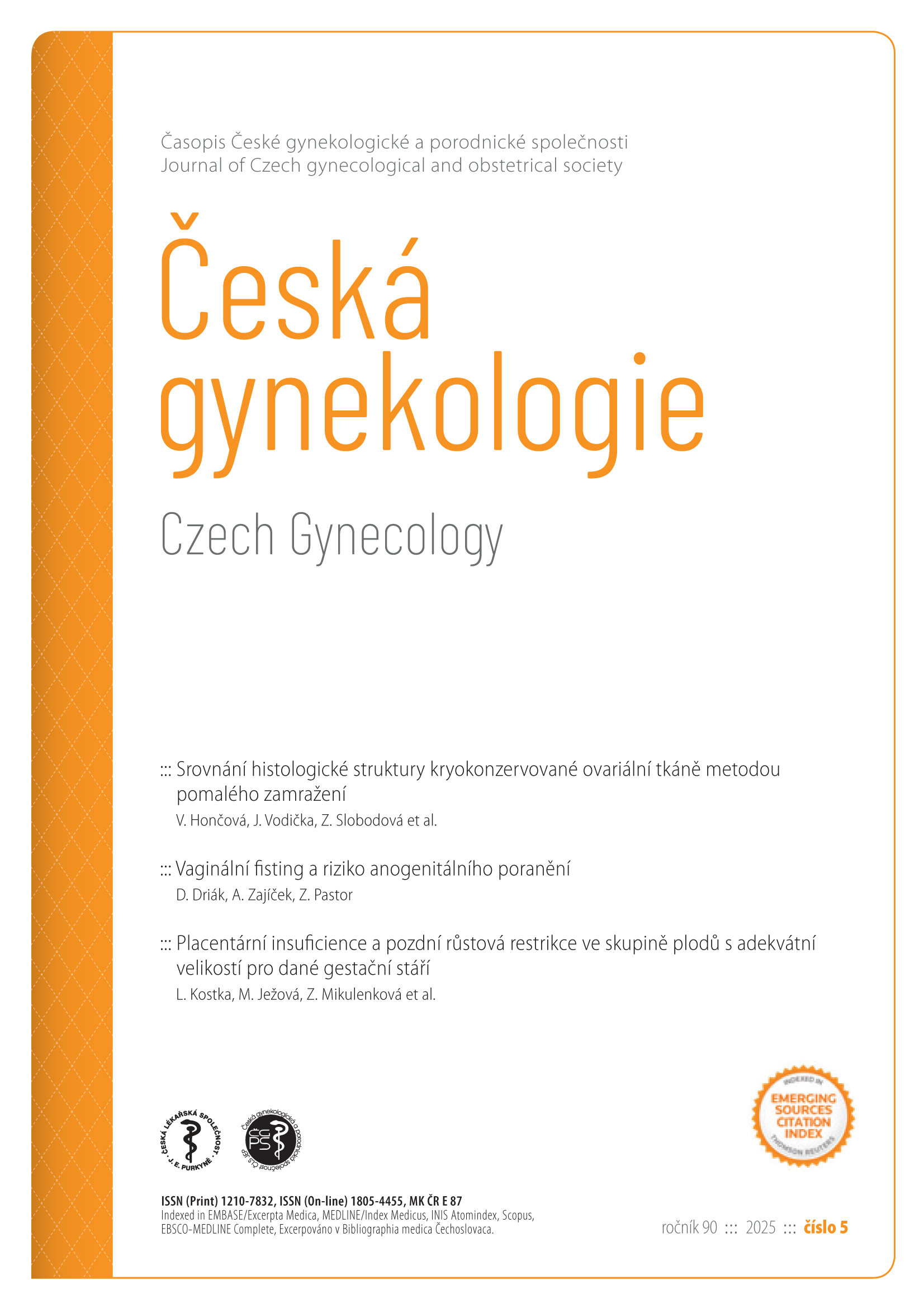Determination of markers of ethyl alcohol consumption in pregnancy
Keywords:
fetal alcohol syndrome, meconium, biomarkers, prenatal alcohol exposureAbstract
Prenatal alcohol exposure (PAE), with a global prevalence of approximately 10%, is the most common preventable cause of fetal morbidity, with fetal alcohol syndrome representing its most severe manifestation. The current gold standard for diagnosing PAE relies on self-reported questionnaires; however, underreporting remains a significant limitation. Consequently, there is a need for objective diagnostic methods. Among the most promising biomarkers are ethanol metabolites present in the first stool of newborns (meconium). In this preliminary study, we quantified ethyl glucuronide (EtG) and ethyl sulfate (EtS) in meconium samples and compared the results with self-reported PAE data from questionnaires. The study included 51 pregnant women. A meconium sample was collected from each newborn and analyzed using liquid chromatography-mass spectrometry. All participants were asked to complete a questionnaire regarding alcohol consumption during pregnancy. EtG was detected in 41 samples (80.3%) and EtS was present in all 51 samples (100%). Three of the 51 women did not complete the questionnaire. Of the remaining 48, six (11.7%) reported alcohol consumption during pregnancy. The median concentrations of EtG and EtS were 49.6 ng/g and 13.9 ng/g, respectively. Median levels of both biomarkers were higher among women who reported alcohol use compared to those who denied it. Notably, EtG concentrations exceeding 30 ng/g – previously suggested in the literature as a potential cutoff for PAE – were found in 82.35% of women who reported no alcohol use. This study confirms that EtG and EtS are reliable markers of ethanol exposure in meconium. However, we were unable to determine definitive cutoff values for PAE based on these biomarkers. Elevated EtG levels in women who denied alcohol consumption may be attributable to alternative sources of ethanol exposure or endogenous ethanol production. The possibility of underreporting PAE also cannot be ruled out.





